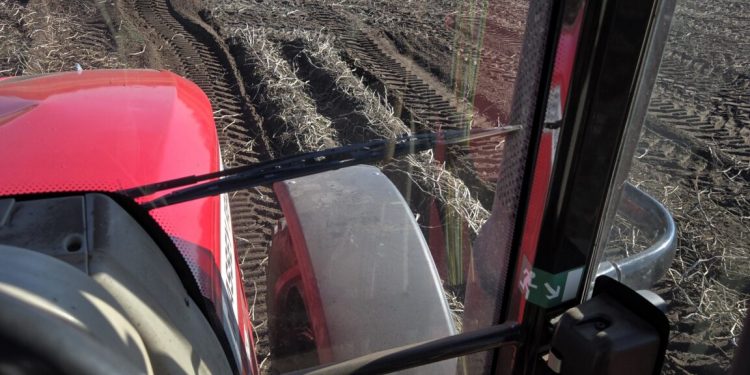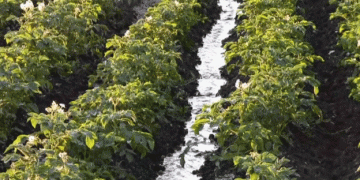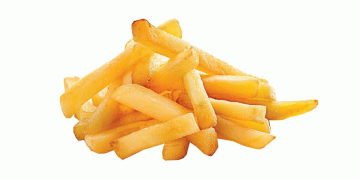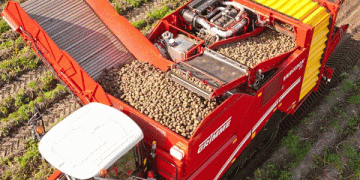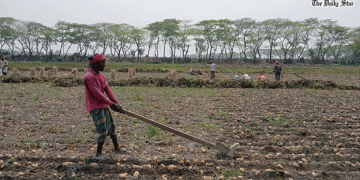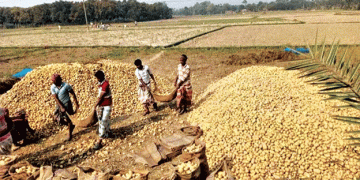Early Planting and Resilience in Face of Heavy Rain and Drought Deliver Exceptional Results for Dutch Growers
On August 15th, the first seed potatoes were harvested, marking a significant milestone for Dutch potato growers who faced a highly challenging growing season. According to Jan Reinier de Jong, the timely harvest was made possible by early planting, as the region’s lighter soil allowed the first potatoes to go into the ground by the end of March, a month ahead of schedule despite the nationwide wet conditions. The planting season concluded in April, setting the stage for what would become a difficult growing period.
Heavy rainfall throughout the season presented significant challenges. Some fields were so waterlogged that accessing them became nearly impossible, and in one area, replanting was necessary due to tuber rot caused by excessive water. Additionally, spraying operations faced delays, and in some cases, certain areas were left untreated. The risk of late blight (Phytophthora) was alarmingly high, driven by both wet weather and the rapid growth of the potato plants. These conditions, coupled with the dwindling availability of effective crop protection products, made potato cultivation an increasingly difficult endeavor.
Despite these challenges, the potatoes continued to grow steadily, bolstered by the ample rainfall. However, by the end of July, the weather took a sharp turn, bringing dry conditions. In early August, irrigation was needed, particularly for starch potatoes, to sustain growth. Fortunately, most of the seed potatoes had already reached their ideal size, allowing the harvesting process to begin smoothly.
The seed potato harvest proceeded well, despite labor shortages. Yields were exceptional, far exceeding the average, leading to a shortage of potato crates—a rare “luxury problem” for the growers. By early September, the first starch potatoes were ready for delivery to Avebe, a Dutch starch cooperative, yielding over 50 tons of net potatoes with a starch content of 20.6% (measured as OWG 500 grams).
By the third week of September, the final seed potatoes had been harvested, and the focus shifted to the storage of factory potatoes. Only the BMC variety, known for its high starch content, was stored. The trial harvest results indicated an OWG of 550 grams and a starch content of 23.4%, with a strong yield of around 50 tons per hectare—significantly higher than in previous years.
The potato harvest was completed by October 4th, with tradition dictating the serving of celebratory oliebollen (Dutch doughnuts) at the end of the day. Reflecting on the season, de Jong noted that despite the many difficulties, the results were overwhelmingly positive. If potato prices remain stable, 2024 could end up being a surprisingly successful year for growers.
